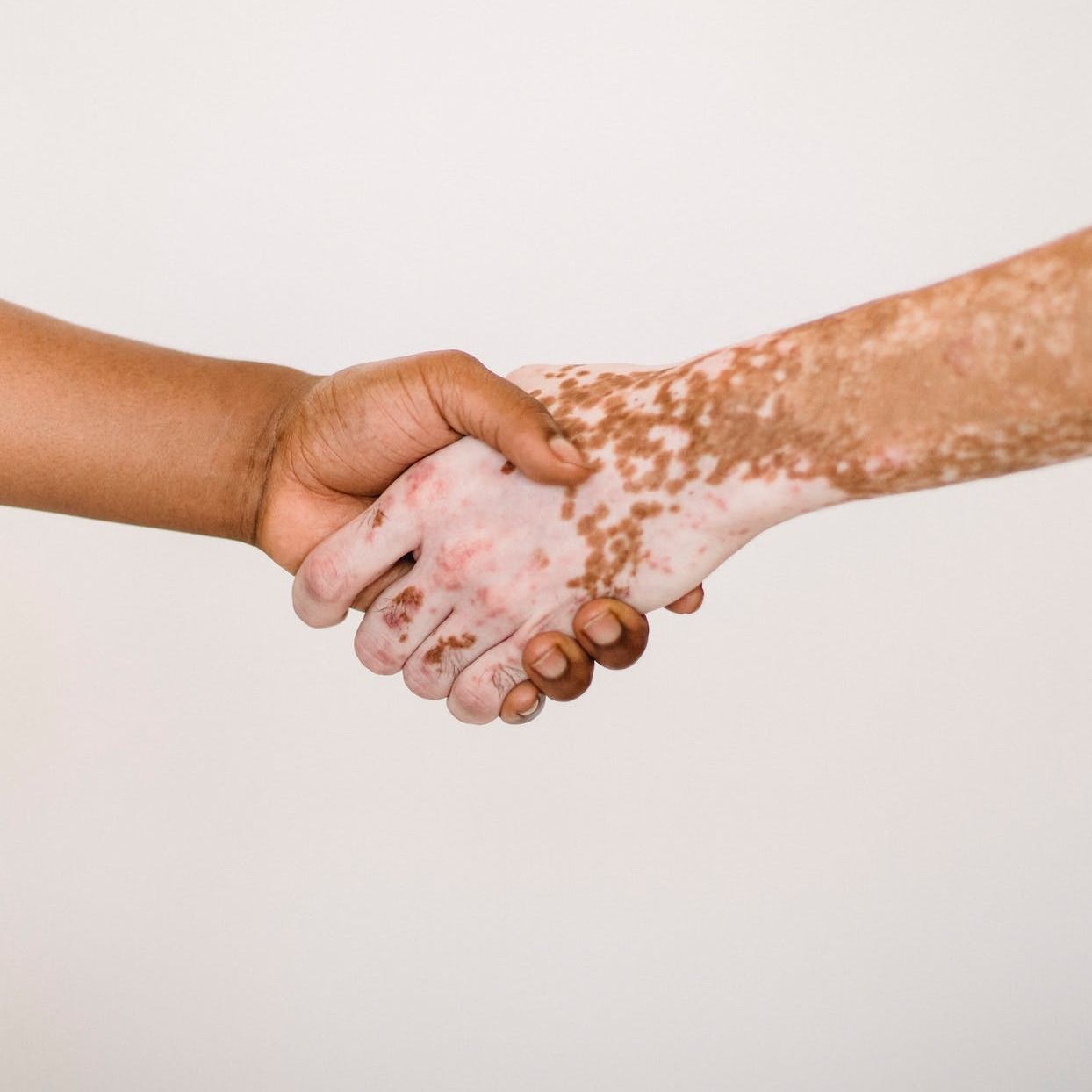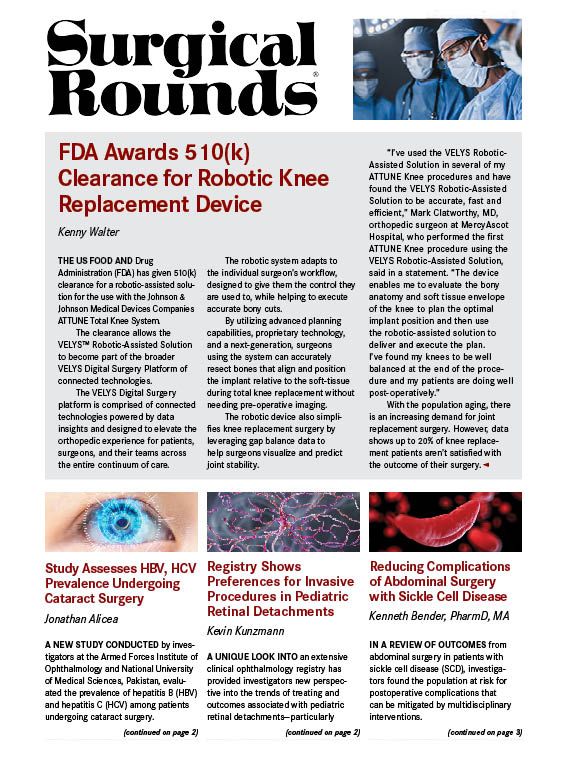Publication
Article
Surgical Rounds®
Surgical Interventions Safe, Effective Way to Manage Vitiligo
Author(s):
According to a systematic review and meta-analysis of 8776 unique patients, 52.69% achieved repigmentation of >90%.

New findings suggest that a surgical intervention for refractory stable vitiligo may be an effective option for affected patients.
A team, led by Hyun Jeong Ju, MD, St Vincent’s Hospital, Seoul, conducted a meta-analysis and literature review to investigate treatment responses following different surgical modalities in patients with vitiligo.
Current treatment protocols include phototherapy, topical corticosteroids, topical calcineurin inhibitors, and combination therapies. However, systematic reviews have revealed that such treatments only offer partial repigmentations.
Surgical interventions—including transplant and grafting techniques—provide an alternative therapeutic option for those with stable vitiligo, and yet no systematic investigations of its safety and efficacy have been previously investigated.
A Systematic Review
The investigators included a total of 117 studies in their assessment.
Among this total, interventions used were punch grafting (n = 19), thin skin grafting (n = 10), suction blister grafting (n = 29), noncultured epidermal cell suspension (n = 45), follicular cell suspension (n = 9), and cultured epidermal cell suspension (n = 17).
The primary outcomes sought by the team were rates >90%, 75%, and 50% repigmentation response.
“These rates were calculated by dividing the number of participants in an individual study who showed the corresponding repigmentation by the total number of participants who completed the study,” they wrote.
Secondary outcomes were factors associated with treatment response, such as adverse events.
Thus, among 8776 unique patients, the rate of repigmentation of >90% following surgical interventions was 52.69% (95% CI, 46.87-58.50).
More specifically, this was achieved in 45.76% (95% CI, 30.67-60.85) for punch grafting, 72.08% (95% CI, 54.26-89.89) for thin skin grafting, and 61.68% (95% CI, 47.44-75.92) for suction blister grafting,
The investigators also reported a rate of 47.51% (95% CI, 37.00%-58.03%) for noncultured epidermal cell suspension, 36.24% (95% CI, 18.92-53.57) for noncultured follicular cell suspension, and 56.82% (95% CI, 48.93-64.71) for cultured epidermal cell suspension.
The rate of repigmentation >75% for any surgical invention was 64.72% (95% CI, 59.52-69.92); the response rate for >50% repigmentation was 81.01% (95% CI, 78.18-83.84).
According to meta-regression analyses, treatment response was associated with patient age (estimated slope, −1.1418), subtype of vitiligo (0.3047), and anatomical sites (−0.4050).
Adverse events were reported in 56 studies. Common events included pain, hyperpigmentation at the recipient site, and hypopigmentation at the donor site regardless of the type of the procedure.
“Mottled pigmentation, marginal halo, and scarring were also reported in all the evaluated surgical interventions,” the investigators wrote.
“Koebner phenomenon at the donor site or disease progression was reported in several studies as well, indicating a need for carefully assessing disease stability before performing surgery,” they noted.
Nonetheless, the investigators acknowledged the considerable heterogeneity of the study designs, which included varied demographic information and protocols regarding preoperative and postoperative procedures.
Furthermore, they indicated a need for more randomized clinical trials and systematic reviews.
“The findings of this systematic review and meta-analysis confirm that surgical interventions are essential for the management of refractory stable vitiligo,” they concluded.
“Maximizing treatment outcomes requires the selection of appropriate patients in terms of disease stability and suitable surgical technique.”
The study, “Surgical Interventions for Patients With Vitiligo: A Systematic Review and Meta-analysis,” was published online in JAMA Dermatology.






